Announcing the Publication of UN Report on the International Year of Glass 2022
LATEST NEWS:
Our 370 page illustrated report to the UN describes the wide range of activities that took place during IYOG2022 has been published! A free, high resolution pdf ocan be downloaded at: http://saco.csic.es/index.php/s/BS7sAXsBr4zQ79P; it was downloaded 5000 times in the first week of availability and has received many positive comments. For example Vinit Kapur (the All India Glass Manufacturers' Confederation wrote: please allow me to congratulate Prof. Duran, Prof. Parker and all who have made such an excellent IYoG book. I have gone through the entire book and it is just wonderful.
A video, ‘The Age of Glass’, also recreates the atmosphere of last December’s Debriefing Session in New York at the UN Headquarters; it showcases many events, particularly ones supporting the UN 2030 Education and Equality Goals. A voiceover provides a context that completes the presentation. Here is the link: https://youtu.be/-tUyKho9ZtY
2022: the UN International Year Of Glass
On 18th May 2021 the UN General Council approved a joint application by the International Commission on Glass (ICG), the Community of Glass Associations (CGA) and ICOM-Glass that 2022 be declared a United Nations International Year of Glass. The Year celebrated the essential role Glass has in Society. The opening ceremony in the Palace of Nations in Geneva took place on the 10-11th February and featured 30 world-class speakers. Although COVID restrictions limited the audience to 135, it was streamed worldwide. The 10th February saw 3100 views from 66 countries and the 11th, 4211 views from 72 countries. The programme is here. You can search the UN web site for a video recording here using International Year of Glass for the key words. Each session is recorded separately including opening and closing sessions, 12 in all - downloads are not possible. The talks highlighted the latest thinking on how GLASS can aid the development of more just and sustainable societies, the most recent scientific and technical breakthroughs, its influence on art and in history and finally the role of museums.
What follows is based on the formal application made to the UN and is split into the following sections:
- What glass offers society,
- Planning the IYOG
- Support us with your donations
- Support received from different institutions
- Support received by country
- Concluding statement
To download the main documents submitted to the UN click the 'News & documents' button at the top of the page. A highly inspirational video is being streamed on UTube and already has received 8500 views. The same video with subtitles in Japanese is available here.
Please expect radical changes and new information on this site as plans progress. Thousands of events are being organised at a local level and we are already overwhelmed by the variety and number of exciting projects being proposed.
Welcome to the Glass Age is a multiauthored book designed to whet the interest of an intelligent 18 year old; it was printed for the IYOG opening ceremony in Geneva. The 13 chapters were written by experts and explain how glassy artefacts are helping the UN achieve its 2030 humanitarian goals. To download a copy click here. The book is also available in Spanish (click here) and we hope other translations will follow.
To facilitate use of the book as a teaching aid, its thirteen chapters have also been separated into individual downloadable sections. These can be accessed through this link.
1) What glass gives society
With its unparalleled versatility and technical capabilities, glass in its many guises has fostered innumerable cultural and scientific advancements:
- Glass is the main conduit for information in our knowledge-based society. Glass optical fibers have led to a global communications revolution; they are the backbone of the internet. Glassmakers have given us touch-sensitive covers for our mobile phones, revolutionizing the way we communicate.
- Glass is the chemically resistant container material for many of today’s life-saving medicines and is playing its part in the world’s quest to deliver a vaccine to fight the COVID-19 pandemic. Strengthened glass containers have dramatically improved the reliability of the EpiPen treatment of life-threatening anaphylactic shock from severe allergic reactions.
- Bioglass compositions have advanced health care with their ability to: integrate with human bone; stimulate the human body’s natural defense to heal flesh wounds; aid tissue design and regeneration; and resolve hearing and dental issues.
- Glass sheets support solar cells and give clean energy; glass fibers reduce our carbon footprint by strengthening wind turbine blades, by insulating our homes and through carbon capture and sequestration (CCS); the vitrification of hazardous waste is making nuclear energy safer.
- The evolution of glass optics and optoelectronics mean that the James Webb space telescope can study the first moments after the big bang and expand understanding of the Universe.
- Glass melting is being de-carbonised and glassy products are being safely recycled.
- Archaeologists are learning more about ancient trade routes and the politics of raw materials.
- Glass artists across the globe have given humankind an awareness of this wonderful material including its remarkable methods of fabrication, inherent beauty, and ability to capture and display nature’s full spectrum of color.
Our vision of a United Nations International Year of Glass (IYoG2022) is to celebrate the past, present, and future of this transformative material following the United Nations’ goals in Agenda 2030. Specifically to:
- Demonstrate the role of glass in advancing civilization throughout recorded history.
- Organize international glass science and art festivals, with workshops to excite and inform the public of this rich history, and highlight links between glass, art and culture.
- Stimulate research on glass amongst organizations in education, industry, research and the public domain, including museums, to address the great challenges the world faces: achieving sustainable and equitable growth, and improving the quality of life everywhere.
- Build worldwide alliances focused on science and engineering for young people, while addressing gender balance and the needs of developing countries/emerging economies.
2) Planning
Extensive planning is now underway to ensure that the UN Year of Glass in 2022 is a success. We have contacted art and scientific glass-themed societies; glassmakers, fabricators and suppliers; academia, R&D centers and museums, both to share the concept and to ask for support, both in creating and supporting activities. we have created 18 Regional Organisations so that each area of the globe has a local organising committee and shortly we will start to fill these pages with more details of exciting ideas that are coming to fruition
Although we are facing the COVID19 pandemic across the planet, we continue working for IYOG2022, expanding our boundaries to ensure glass players everywhere can join us.
An international program of events already planned, including:
- An Opening Conference in Geneva – February 2022
- An International High-Tech Industrial Congress in Shanghai – April 2022
- An International ICG Congress – Berlin, July 2022 (celebrating the 100th Anniversary of DGG)
- International glass displays in Art Galleries and Museums throughout the year
- Closing Congress in Japan, December 2022
Many more activities are also proposed:
- A US Glass Day in Washington DC
- From Pharaohs to High Tech Glass Conference in Egypt, April-May 2022
- Special issues of the more relevant scientific journal related to glass, as International Journal of Applied Glass Science (IJAGS), Journal of Non-Crystalline Solids (JNCS), Journal of Sol-gel Science and Technology (JSGST), Heritage, etc.).
- Special issues of glass magazines as Glass International and Glass Worldwide, as well as scientific and industrial journals related to national glass societies.
Hundreds of activities in museums and exhibitions, academia & research, education and dissemination, companies and societies are planned across the planet focused on a universal distribution of activities at all education levels.
4) Support received from different institutions
More than 1100 endorsements from 74 countries have been received. Support from institutions, museums and companies in Africa, the Middle ast and ASEAN regions is still arriving and very welcome; all contacts will be followed up and will help us with our programme planning. The following tables and pi charts show the range of institutions and countries backing the IYOG 2022 initiative to date (17th November 2020).
5) Support received split by continent
LinkedIn https://www.linkedin.com/company/68496480/admin/
See what's happening on our LinkedIn pages
The origins of the project
When David Pye (ICG past president) learned in 2014 that the UN General Assembly would declare 2015 an International Year of Light and Light-Based Technologies he arranged for the International Journal of Applied Glass Science to showcase “Glass and Light”. An article proclaiming that society had entered the Age of Glass followed in 2016. Concurrently, lectures by Manoj Choudhary, then ICG President, and David to international audiences explored the theme that glass science, engineering and art were entering new and profound chapters in their histories.
David next floated the concept of an International Year of Glass (IYOG) with Charlie Craig, Senior Vice President, Science and Technology, Corning Inc. He was strongly supportive and was joined soon after by Manoj Choudhary, who with David tabled a motion at an ICG Council meeting in Japan:
“The International Commission on Glass, representing organizations and individuals throughout the world dedicated to the promotion of science, technology, artistry, and application of glass enthusiastically endorses the exploration of a future declaration of a Year of Glass by the United Nations.”
Following its positive reception, David presented the concept to the American Ceramic Society Board (ACerS) and the Corning Museum of Glass (CMoG). Both embraced the idea and Steve Gibbs, a senior administrator at CMoG, played a pivotal role in advancing IYoG 2022 to the international art community. The die was cast.
Over millennia, our glass community has adapted to and supported Society’s needs. Just how transformational glass in its many guises has been is often missed. Its story deserves wider telling. Buoyed by a groundswell of enthusiasm ICG’s current President, Alicia Durán, took up the baton to become Chair of an International Steering Committee for the proposed IYOG.
A UN badged International Year requires a United Nations Resolution. Our application promotes glass, its past and future potential; it shows how the glass community is supporting UN developmental goals (2030 agenda): responsible production and sustainability; innovation and infrastructure; affordable and clean energy; climate action; unpolluted water and oceans; sanitation, health and well-being; education and gender equality. A presentation for the next UN General Assembly meeting is almost complete. The Spanish ambassador has agreed to sponsor the Resolution, offering China the opportunity to co-sponsor the initiative. The next President of the UN General Assembly, the Turkish diplomat Volkan Bozkir, knows of the proposal and strongly supports it, appreciating its widespread backing within the Glass Community.
As an important preliminary, UNESCO, the science arm of the UN, has been approached. This uncovered planning for a 2022 International Year of Basic Sciences for Sustainable Development (IYBSSD) and an International Year of Mineralogy. While ‘competition’ was the first reaction, collaboration and mutual support were agreed as the way forward and UNESCO encouraged this. UNESCO also stressed protocol to ensure global benefits, through inclusivity and the UN 2030 developmental goals.
But then COVID-19 reared its head, slowing progress. The anticipated UN General Assembly in April was postponed. The world of glass remains on hold but manufacturers, suppliers, users, teachers, artists and museum curators are poised for action once approval is given.
From the start was a realisation that such celebrations could not be organised solely by one body; local communities had to be harnessed for local activities. An amazing 950 letters from 68 countries endorsing the concept and offering enthusiastic support have been received. The Corning Museum of Glass, the Glass Art Society, the International Committee of Museums, along with the Community of Glass Associations promoted by VITRUM and the Italian Government, have joined with many national Glass Societies to help. New partners are still welcome, particularly from under-represented areas such as Africa, the Middle East and the Balkans. Any readers wishing to join our circulation list should email: [email protected] and visit our web site (www.iyog200.org).
Out there
The use of glass in architecture dates to Roman times, containers have an even earlier history in Egypt and Mesopotamia (now Syria and Iraq) and glass beads were widespread throughout the Middle East, India and China, being traded internationally trade from the Bronze Age. The development of modern science has been based on glass artefacts from the large scale (astronomy) to the small scale (biology); from simple lamps to the lenses for lighthouses; in communications and electronics ranging from the first valves to optical fibres.
Now in a world constrained by a variety of environmental pressures, glass is one of the most recyclable materials; it has a variety of roles in reducing greenhouse gas emissions such as energy saving coatings, double/triple glazing and solar cells, it is made from widely available materials and is contributing to major improvements in our health.
Convinced that glass is worthy of celebration?
Well many organisations throughout the world have been and a case has been prepared for submission to the United Nations. Letters of support are being collected. We have more than 1100 endorsements from 74 countries and more are most welcome particularly from African, Middle Eastern ASEAN and Balkan countries. The closing date for submission has been pushed back from our original deadline because of the Corona Virus pandemic. We currently expect a UN vote in December and then a major exercise will follow to build on the international programme already in place and develop national programmes around local programmes which inform and educate communities everywhere on the rich history that glass has and its enormous potential in energy saving, health, a circular economy, culture and art.
We are currently developing our communications channels. News has begun to appear on our 'Press Release' page and we will also start to generate Facebook, Twitter and other social media feeds. The aim is to inform 9 billion people of the value of glass as an artefact and to give them a fuller understanding of its rich history, its manufacture, its many applications, its importance in energy saving and its recyclability.
This ambitious programme will if successful require your help (administrative support, circulation of publicity, funding). It will also provide you with possibilities for expanding your profile and extending your international links. Industry, Academia, Colleges, Schools, Research Associations, Museums and Art Schools are all valuable partners.
To register your interest and to be kept informed please click here or use the button below and complete our brief registration form.
We look forward to your participation in a multifaceted event which will successfully encompass a truly international audience and empower a bright future for GLASS.



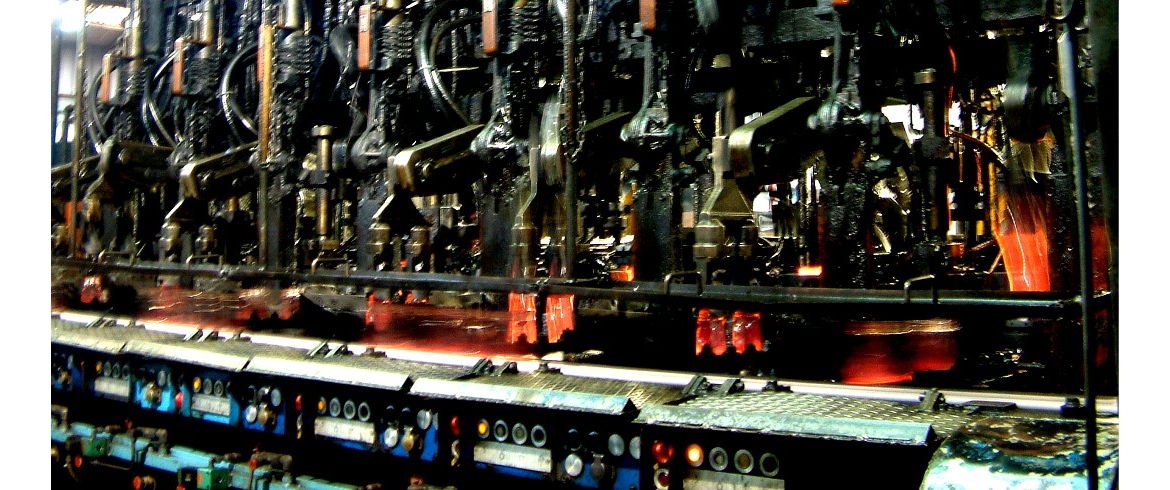
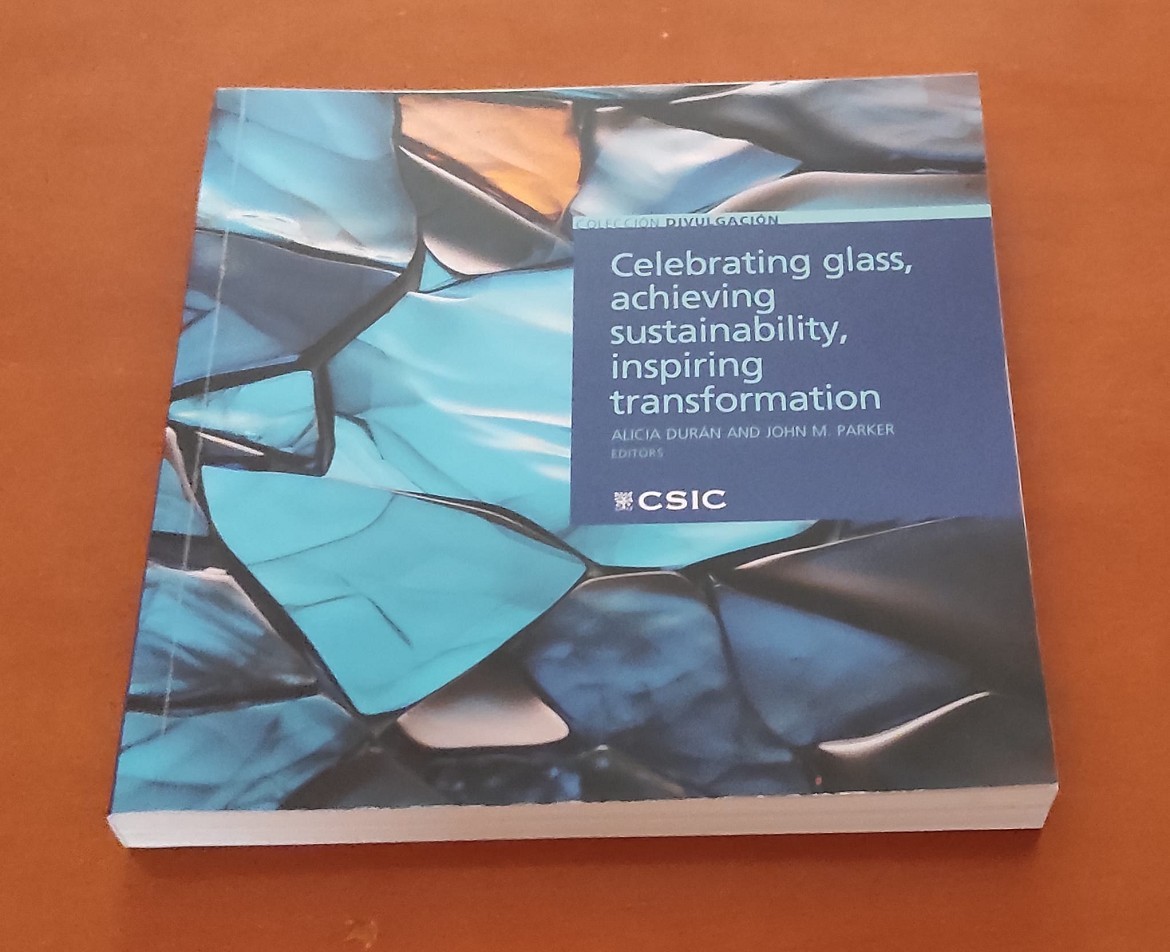
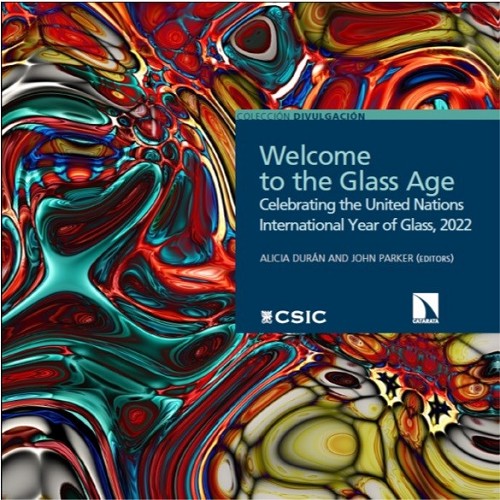
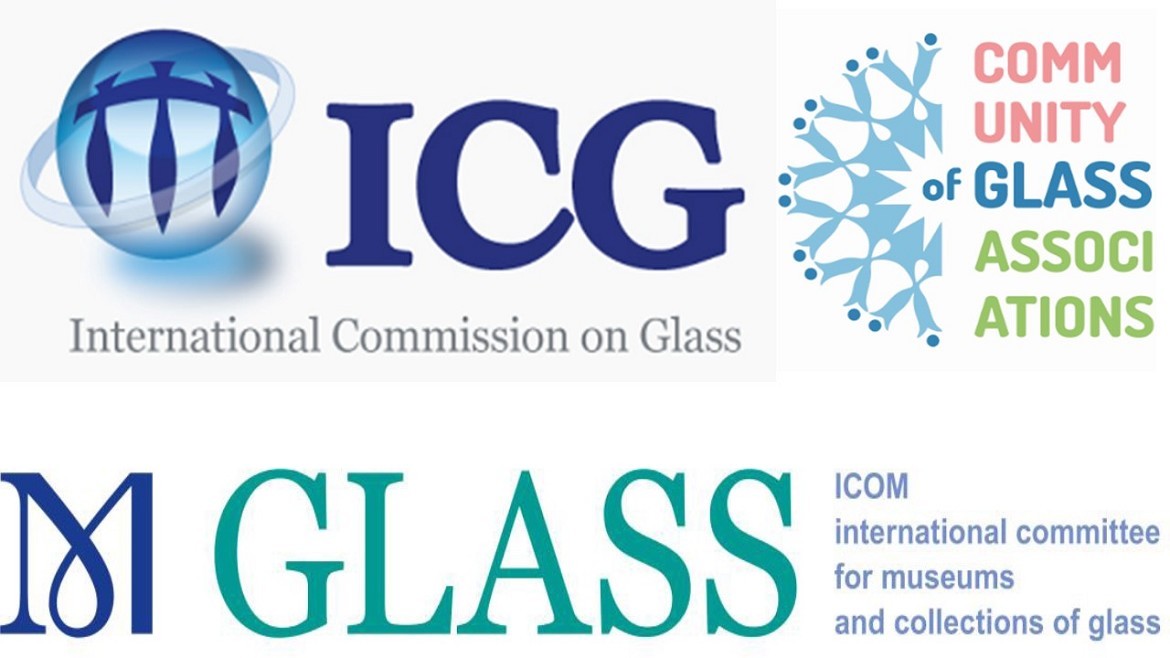

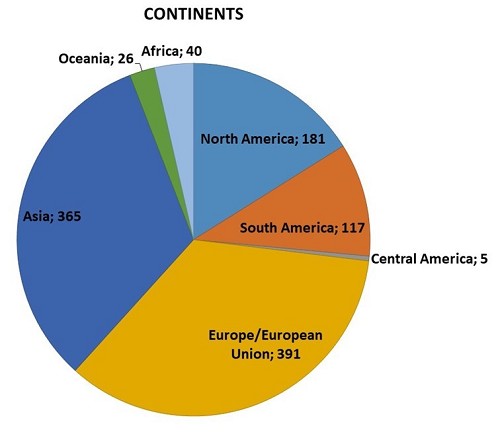



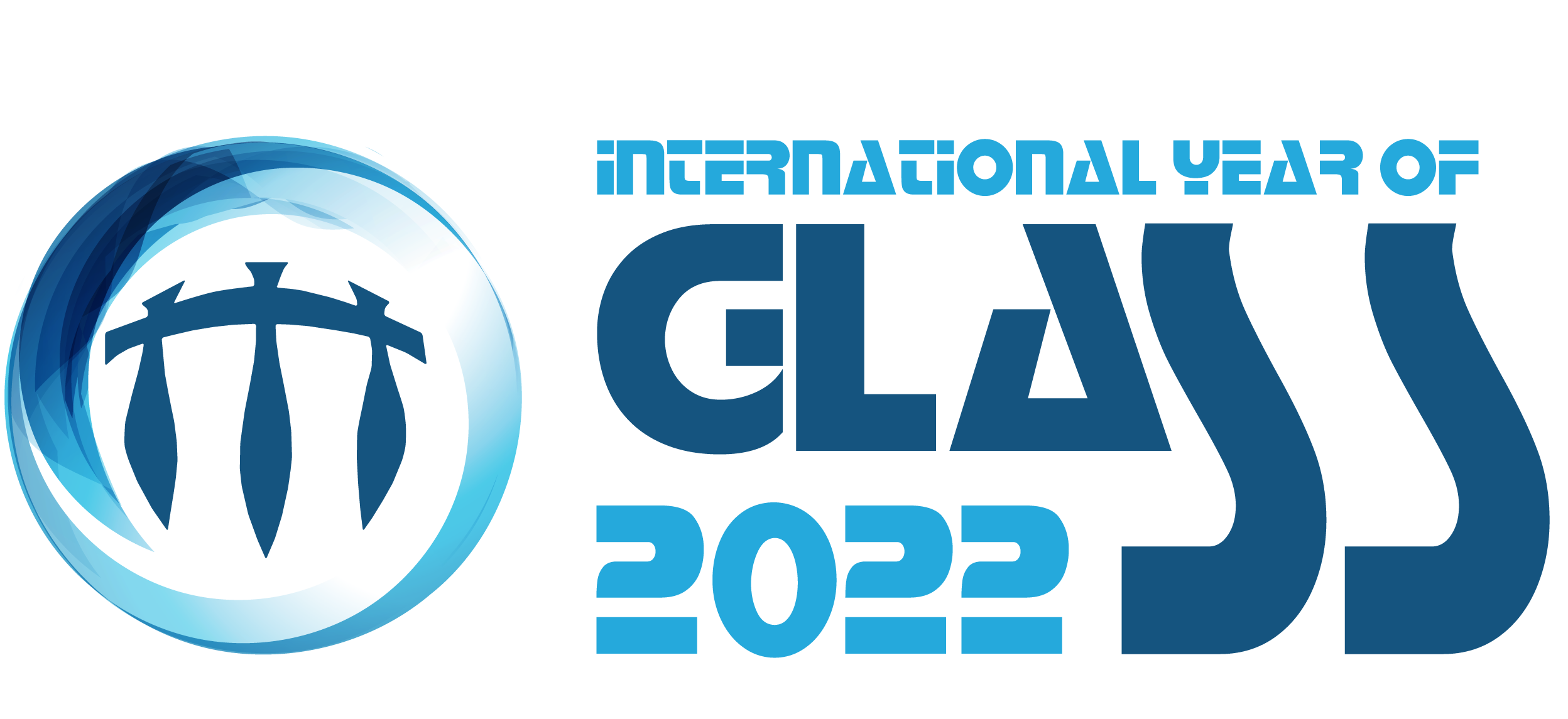
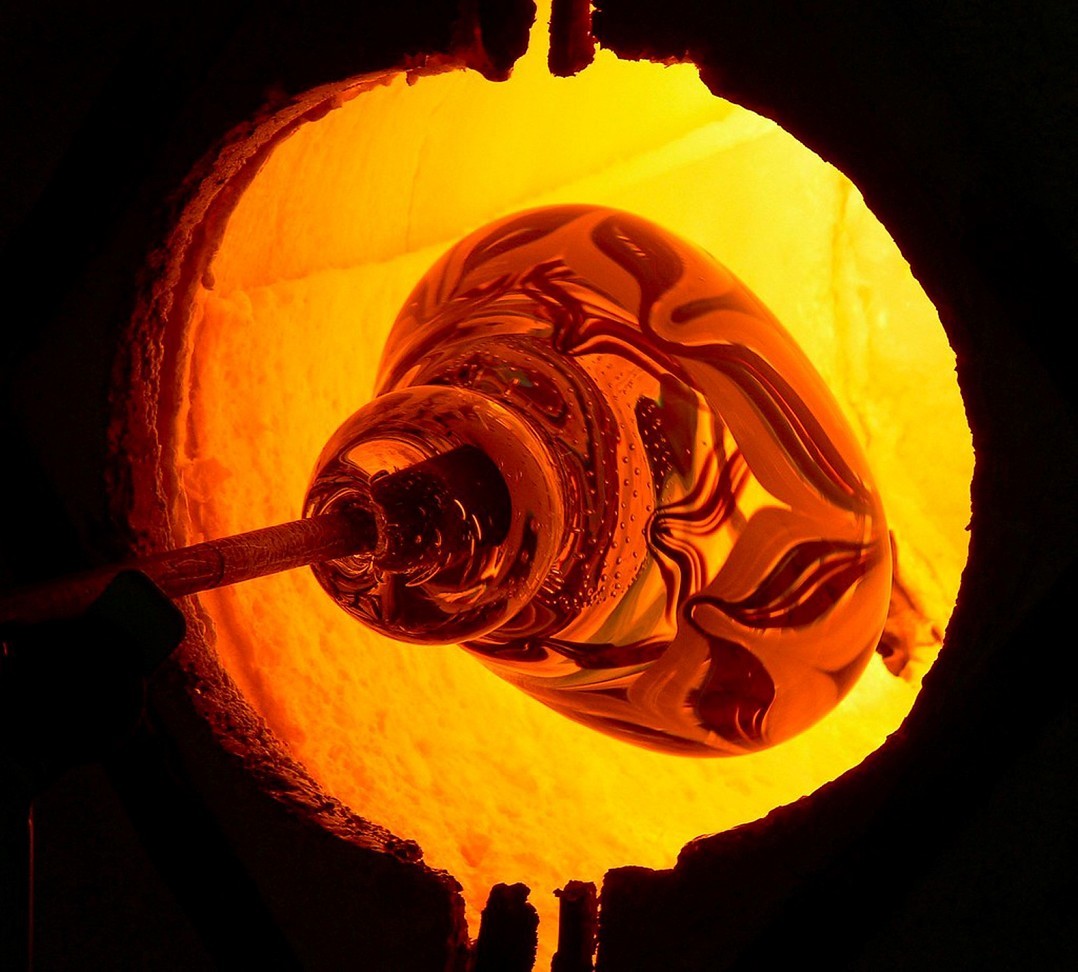
 To give you the best possible experience, this site uses cookies. Continuing to use iyog2022.org means you agree to our use of cookies. If you'd like to learn more about the cookies we use please visit our
To give you the best possible experience, this site uses cookies. Continuing to use iyog2022.org means you agree to our use of cookies. If you'd like to learn more about the cookies we use please visit our